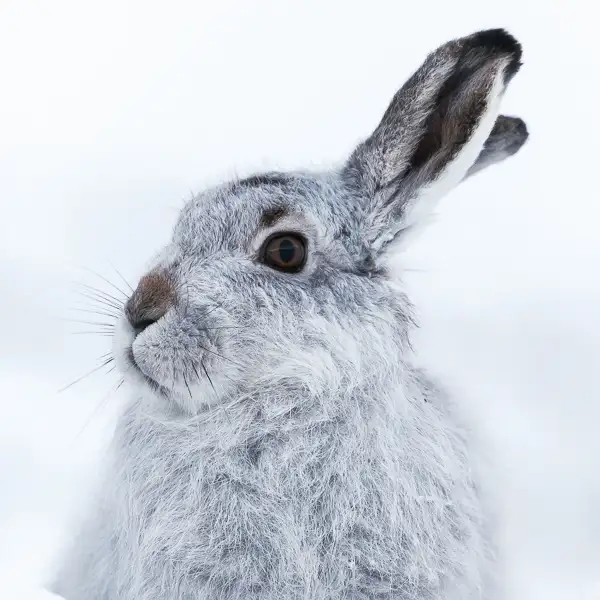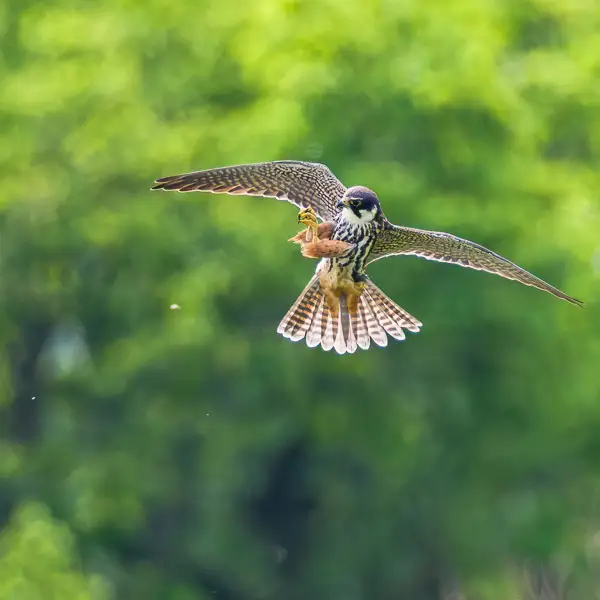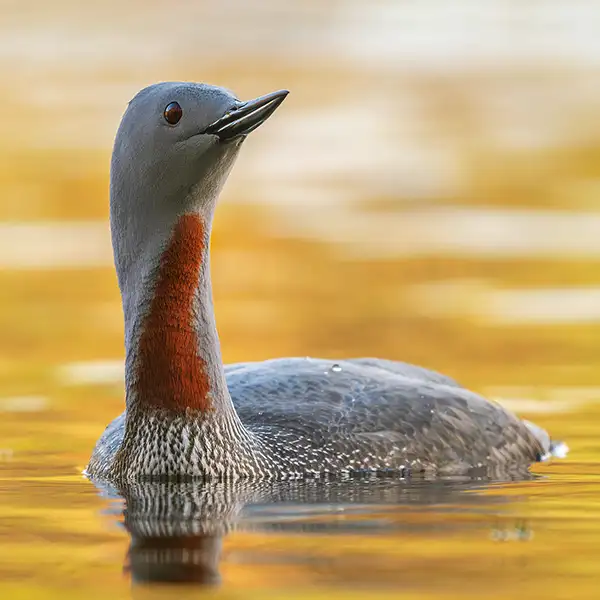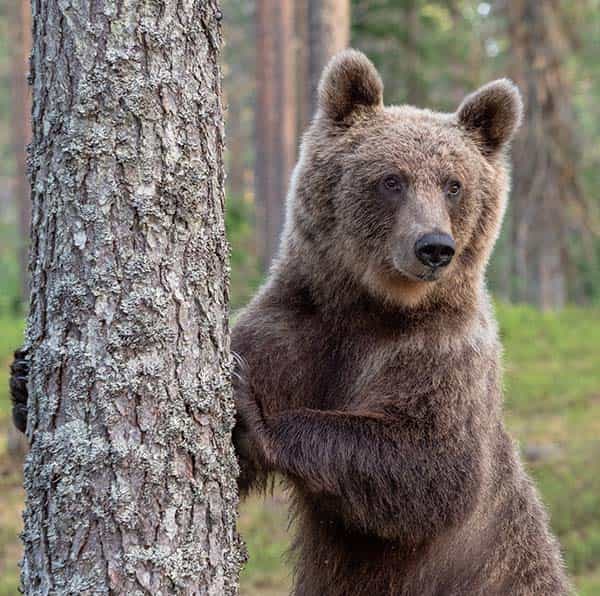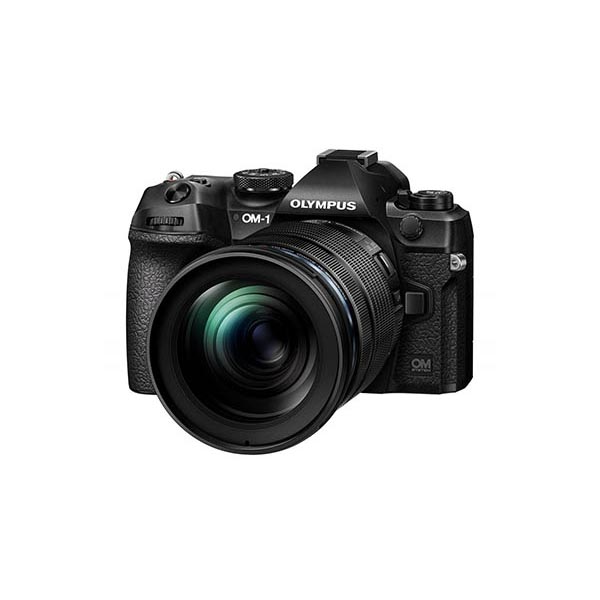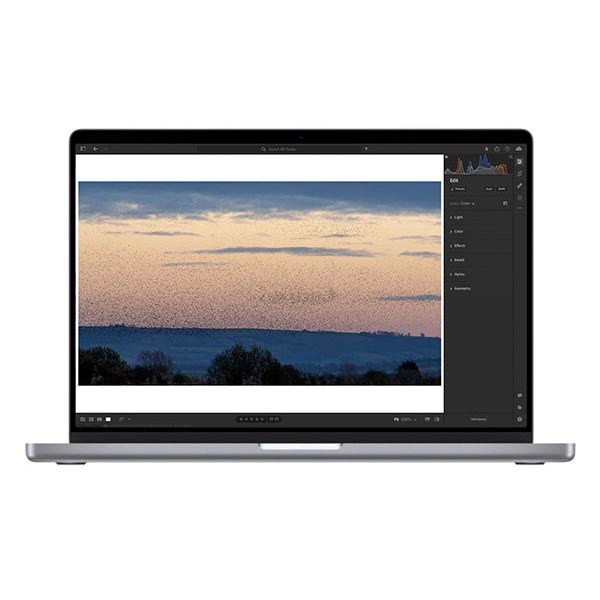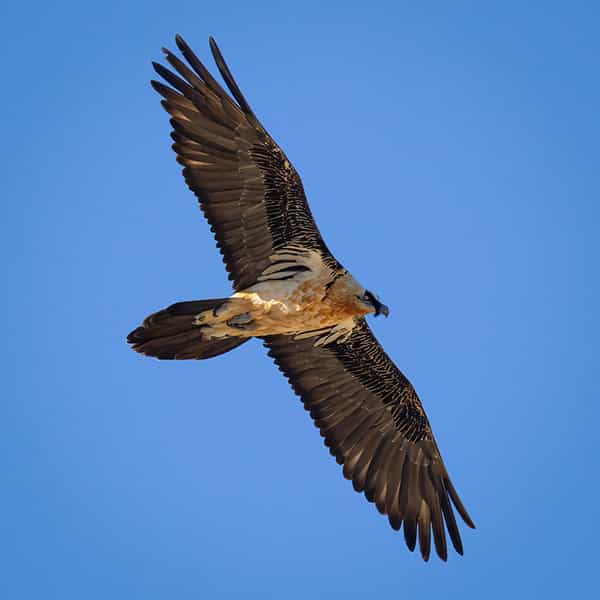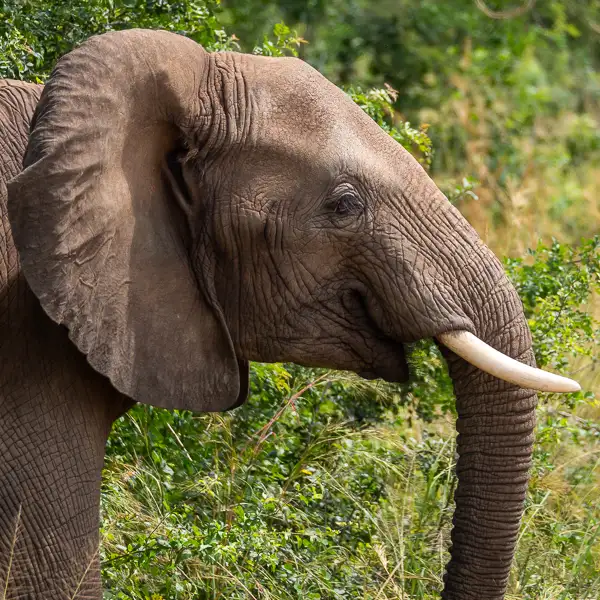Moving to Mirrorless
10.09.2020
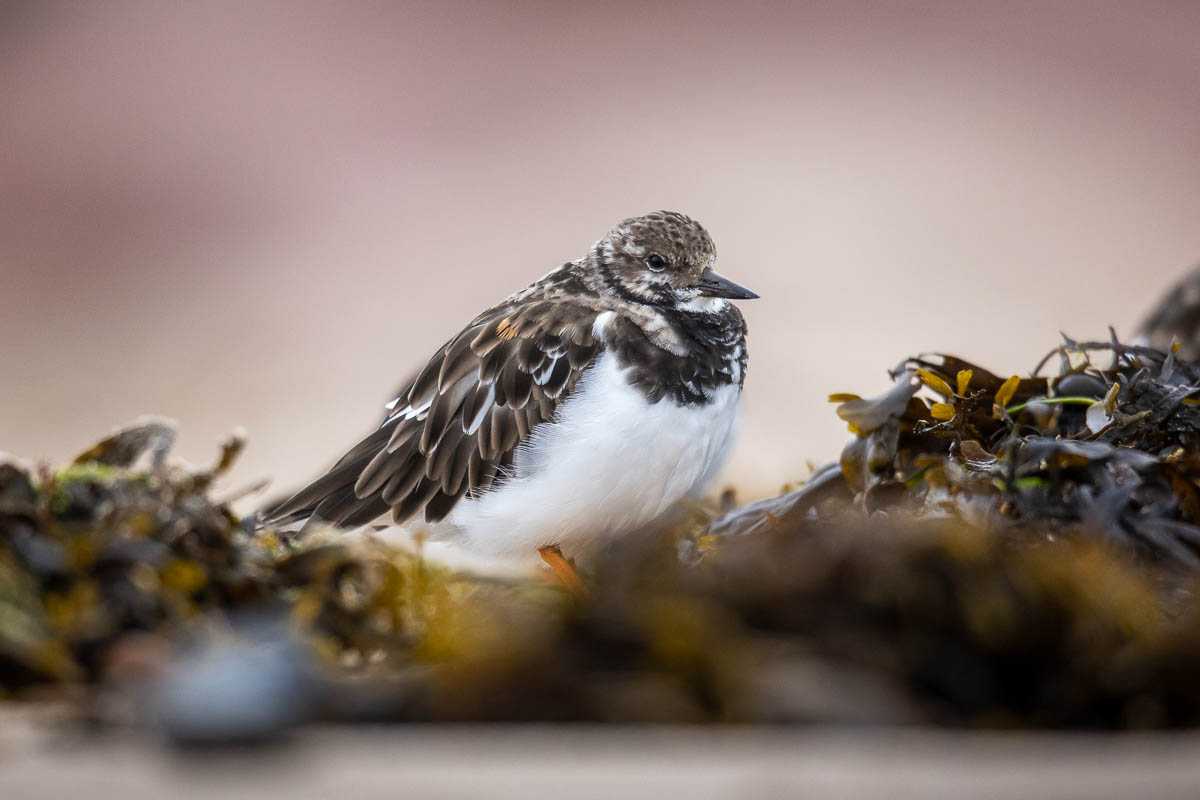
A Turnstone captured on the beach at Nairn, Scotland.
Canon EOS R6 EF800mm f/5.6L IS 1/3200th sec, f5.6, 4000 iso. Zero noise reduction.
Changing for one camera system to another appears to be a straightforward step, but for an established photographer or film-maker, the true cost can potentially be daunting.
Camera reviews and articles regularly headline camera bodies, but it is glass that makes or breaks pictures and therein lies the true cost of changing system. Photographers can easily expect to spend 4 or 5 times the price of a camera body on lenses. Add in memory cards, new flashes and the cost can be considerable.
Using the Canon EOS EF system since 1990, but having dipped my toes in the mirrorless water with an EOS R and a Panasonic GH5 for filming, I was conscious of the multitude advantages that mirrorless shooting can bring, not least for video. In anticipation of 'going fully mirrorless', I spent months weighing up the pros and cons of new lenses, checking options, evaluating different systems and preparing costings.
Canon have attracted significant attention with their new R6 and R5 mirrorless models. Both bodies feature internal in-body stabilisation (IBIS) that works with lens stabilisation (IS) to give up to 8 stops of steadying goodness. Add in an incredible autofocus (AF) system, capable of tracking the eyes of both human and animal subjects, together capturing up to 20 frames every second in RAW or JPEG and you have a capable camera.
A spoiler - these camera can actually improve your existing lenses, in many situations.
Essentially, the R6 is a camera for photographers, with 20Mpix sensor and arguably the finest low light capability in the business. The R5 far is more of a hybrid, with a 45Mpix sensor and unique 8K 30 fps / 4k 120fps movie capture capability.

Owning an EOS R6 has provided a great insight into the capabilities of the new cameras and with the excellent RF-EF adapter, the body has fitted straight into the existing Canon system, working perfectly with existing lenses, flash, even memory cards for wildlife, commercial and portrait photography.
'Working perfectly' does not do full justice to these cameras - the R6 has not only slotted in seamlessly to the existing system, it has also upped the image quality substantially, from existing lenses, adding in technical capabilities previously unavailable, even with flagship camera bodies.
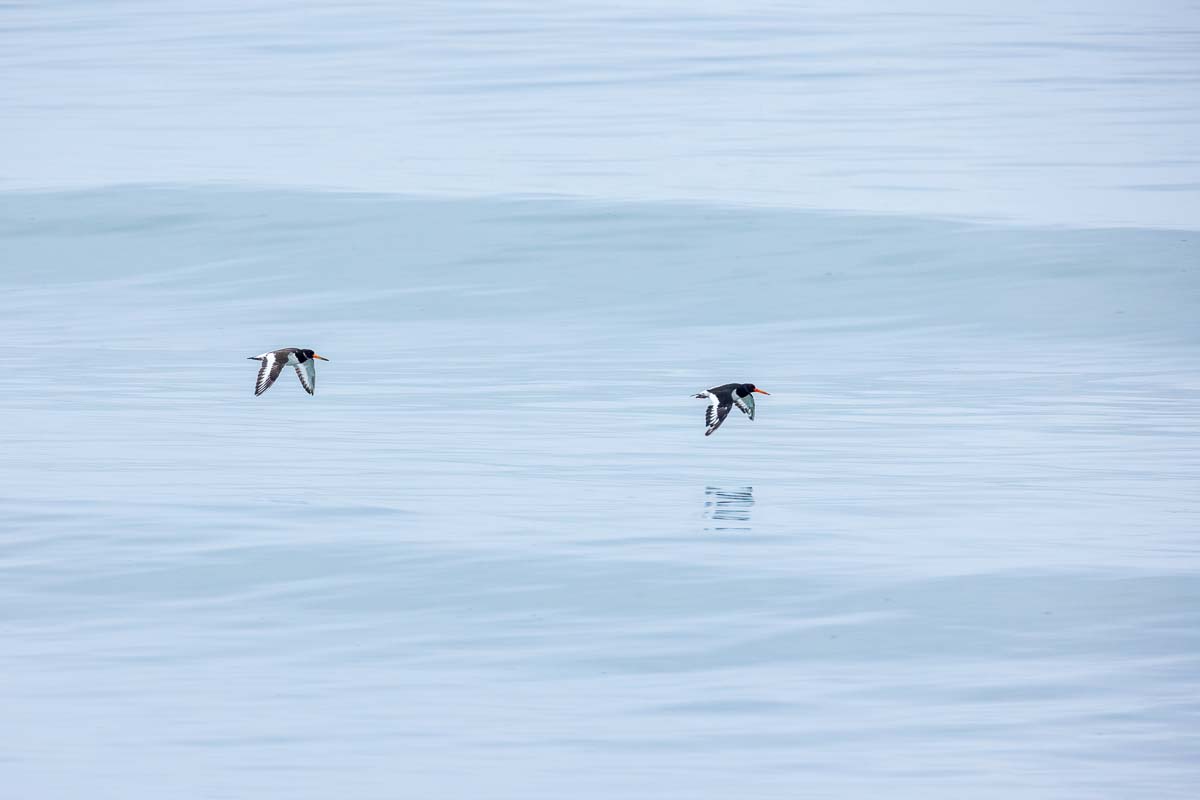
With full AF face tracking on Sea Birds and the correct AF case settings, birds in flight shots are much easier.
Autofocus is no longer handled by a separately, but integrated into the image sensor, so the autofocus system no longer requires calibration. Because lenses are no longer calibrated to a tolerance, with Canon lenses, each individual frame is effectively perfect so older lenses frequently deliver better focused, sharper images than was ever possible with the EF camera bodies. The recent EOS 90D and 1Dx Mark III also have similar autofocus systems.
Canon ultra-telephoto lenses have a reputation for quality, but using one of the longer examples like the 600m f/4 or the 800mm f/5.6 with a EF2x extender for wildlife has always been tricky. Aperture is effectively reduced by 2 stops and the AF systems on all brands of pro DSLR cameras have always been limited by small apertures. On the EOS-1Dx Mark II only central focus points are usable and with the older EOS-1Dx, only a single central point. Imagine then that with the new EOS R6 and R5), all 6072 AF points can be utilised with ultra-telephoto lenses and the EF2x Extender, including 1053 for Face Tracking, of people, birds and animals.
A lens such as the EF800mm f/5.6 L IS has migrated from being marginally useful, to an incredibly usable ultra-telephoto lens that can be widely used for wildlife photography and filming.
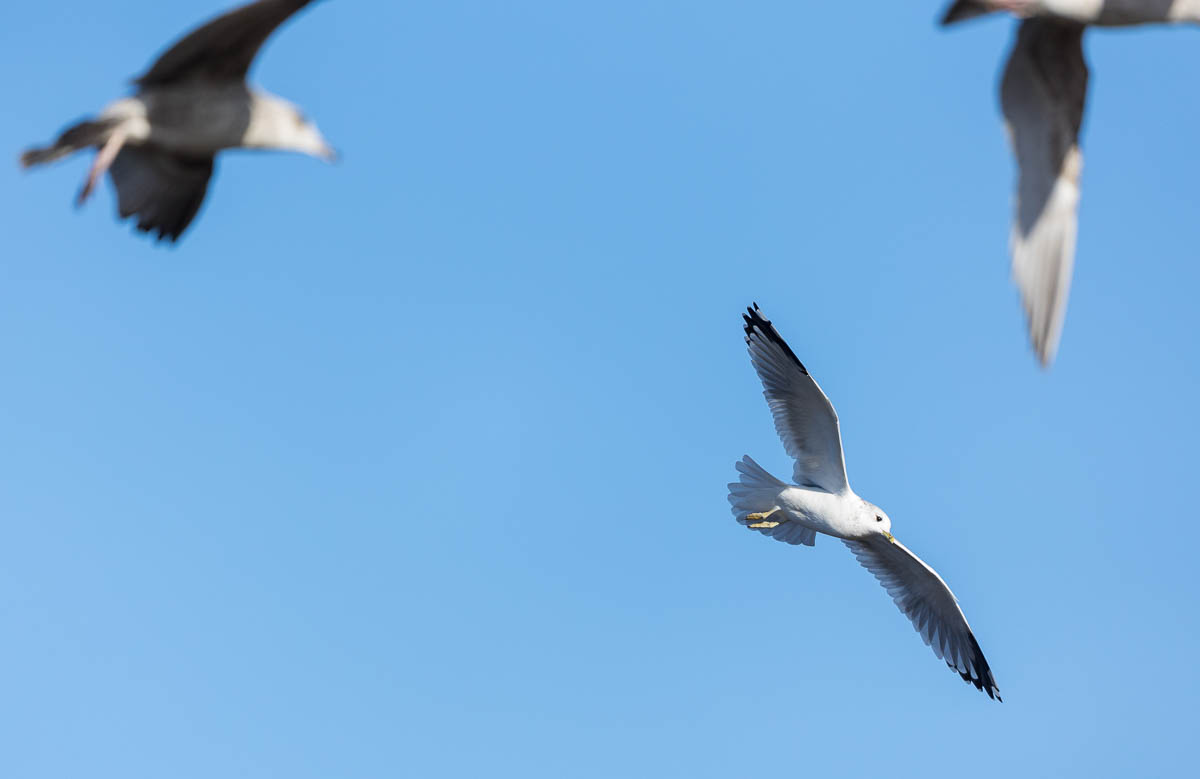
Illustrating an AF system's capability with still images can be hard, but suffice to say that it is now possible to track an individual (Common) gull through a flock of mixed gulls whirling in the sky; the camera will stay locked onto the same bird. Miraculous.
Conclusion
The major concern about making such a major system change, was technical and of the costs involved. Thanks to thoughtful decisions by Canon during the design process, the transition has been seamless, and affordable; there has been no pressing need to buy or upgrade a single lens.
The big takeaway from this is how seamlessly it is possible to transition from the Canon EF, to the mirrorless RF system without major expense.
From a Canon perspective, there is no doubt that photographers will want to purchase RF lenses; with new designs and new materials, RF lenses are sharper, significantly lighter and offer performance gains from improved stabilisation, but due to the compatibility of new bodies via the RF adapters , the process can be gradual, affordable and will not alienate long-term customers.
A win for photographers and a win for Canon too.
Gallery
Showing a complete image sequence of 21 frames, where the Canon R6 camera tracks the eye of the Gannet (juvenile) with a focal length of 1600mm and a minimum aperture of f11. Every frame is sharply focused on the eye of the bird despite a relatively low shutter speed of 1/640th due to low light.


